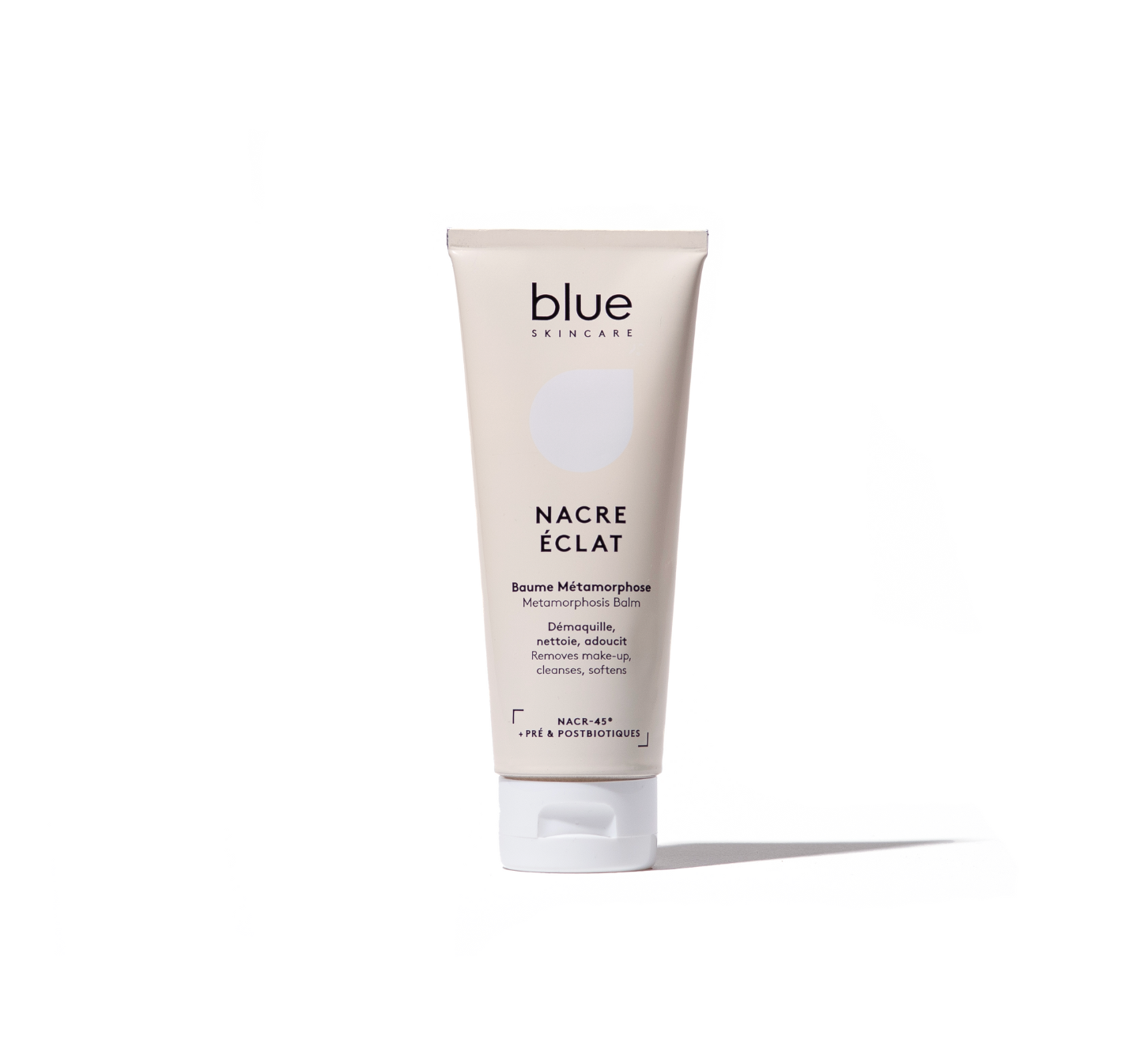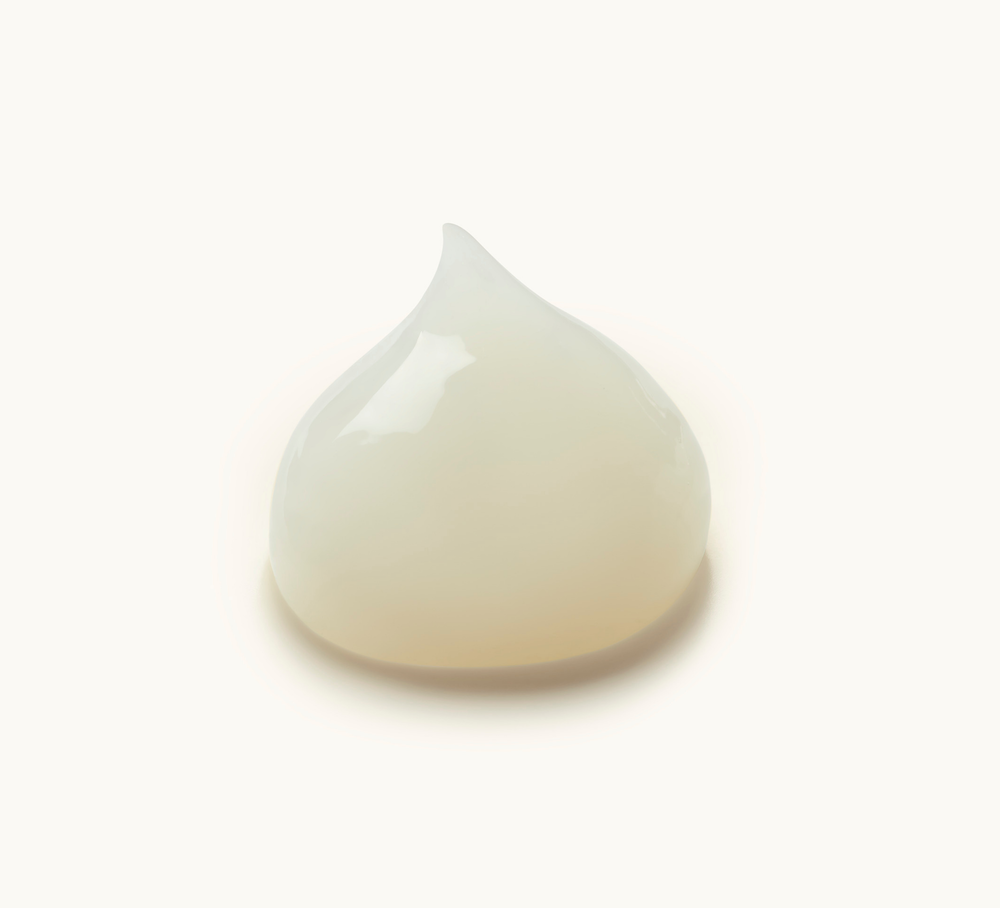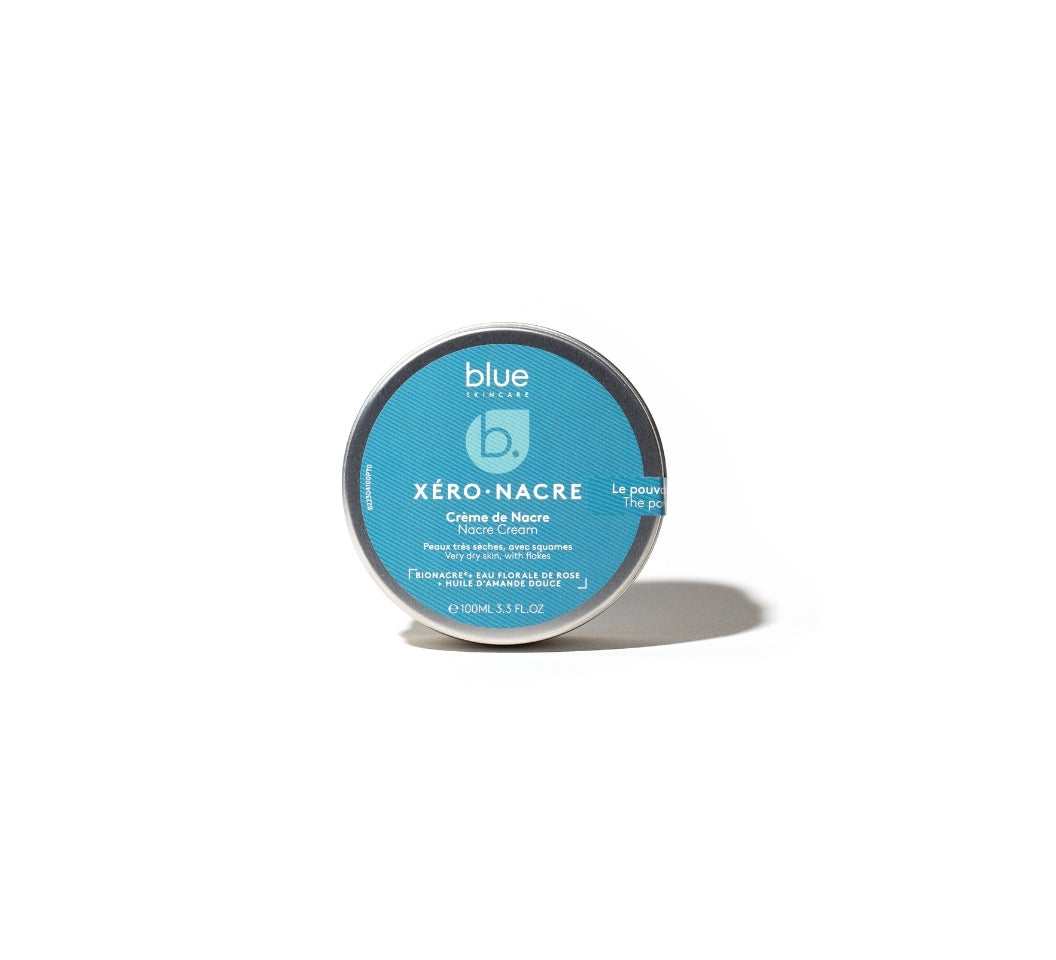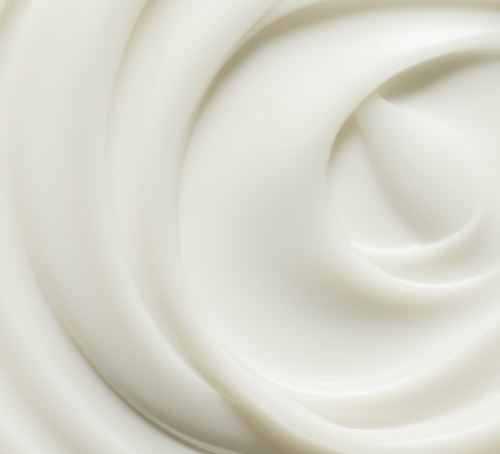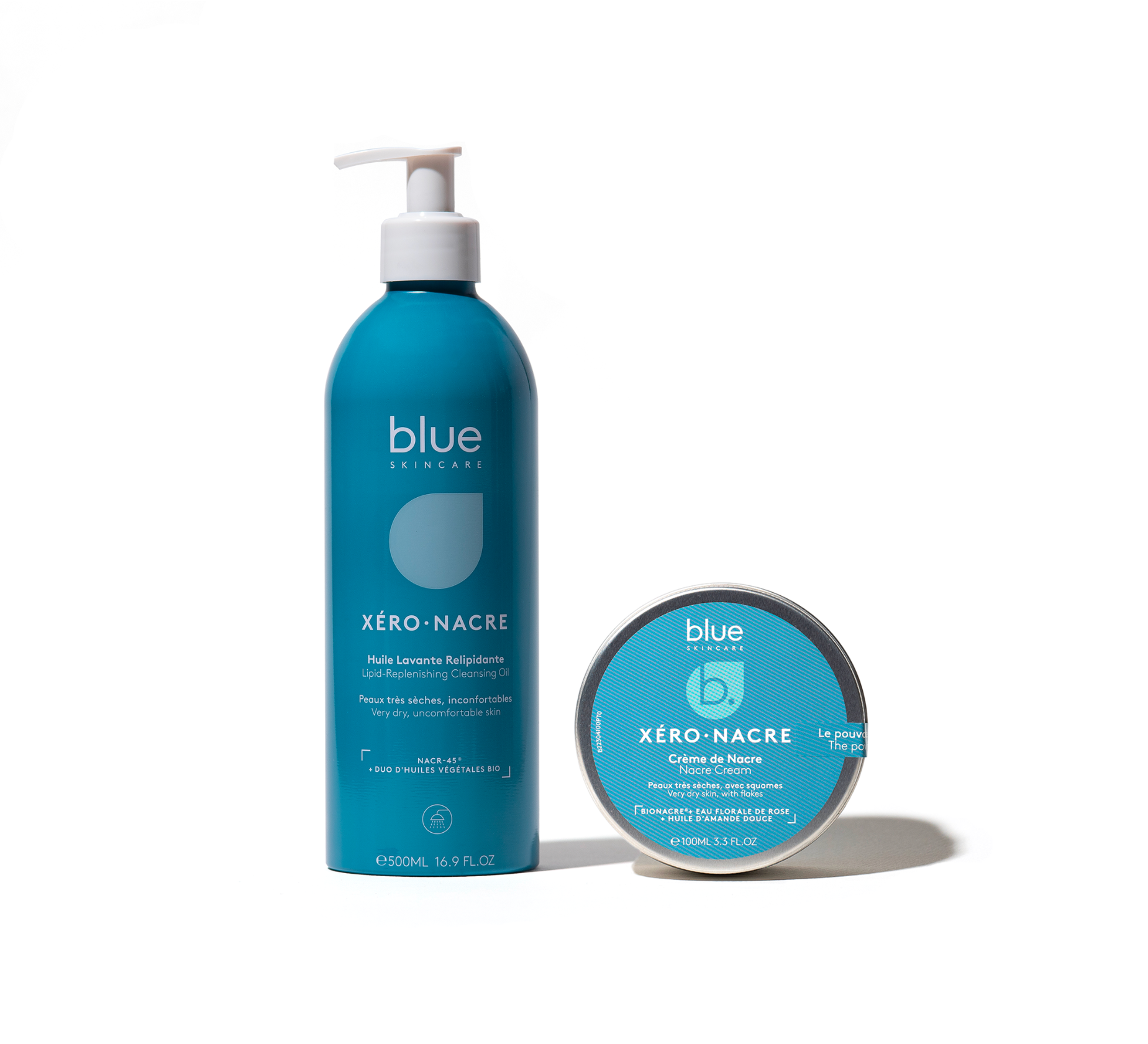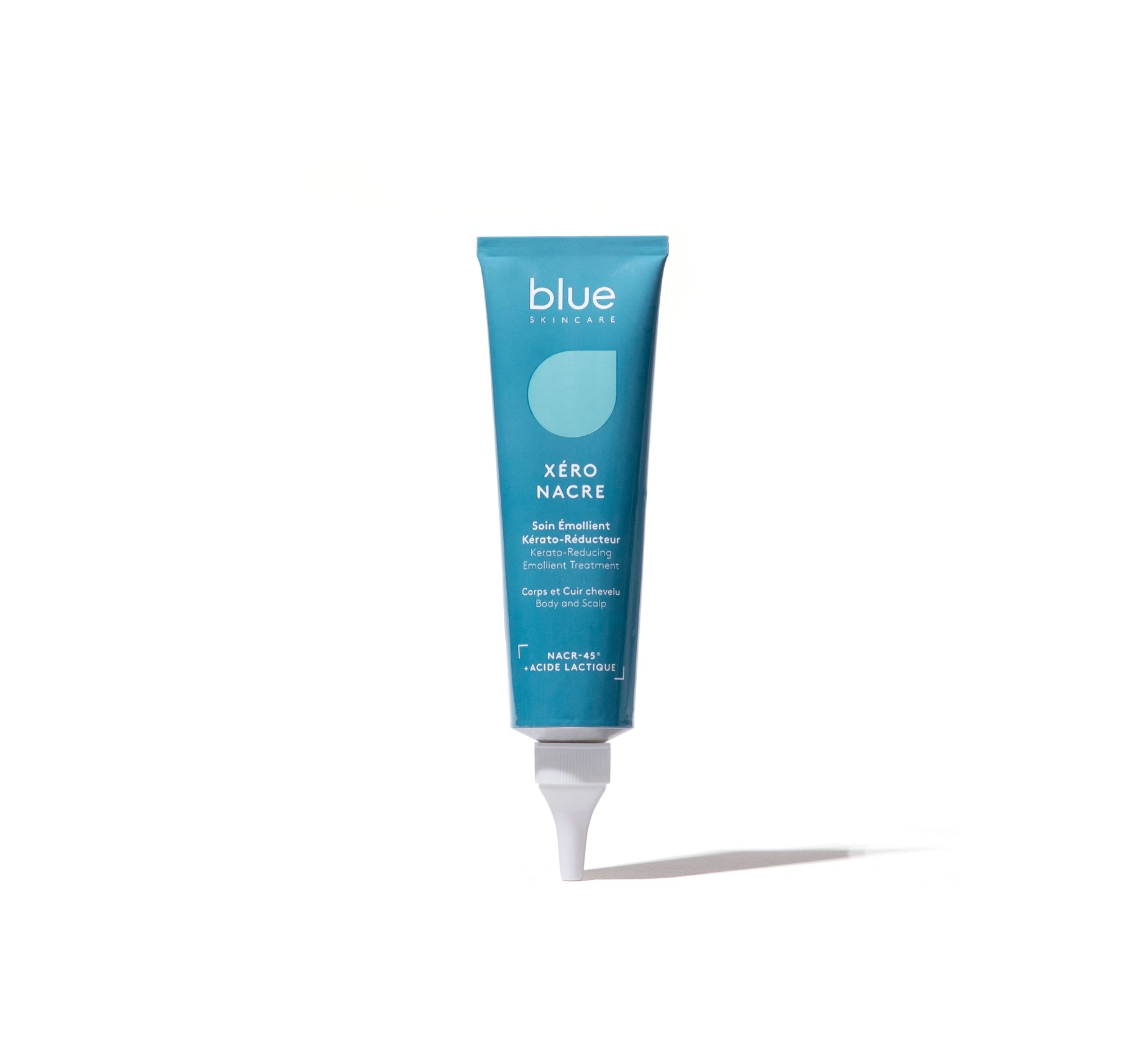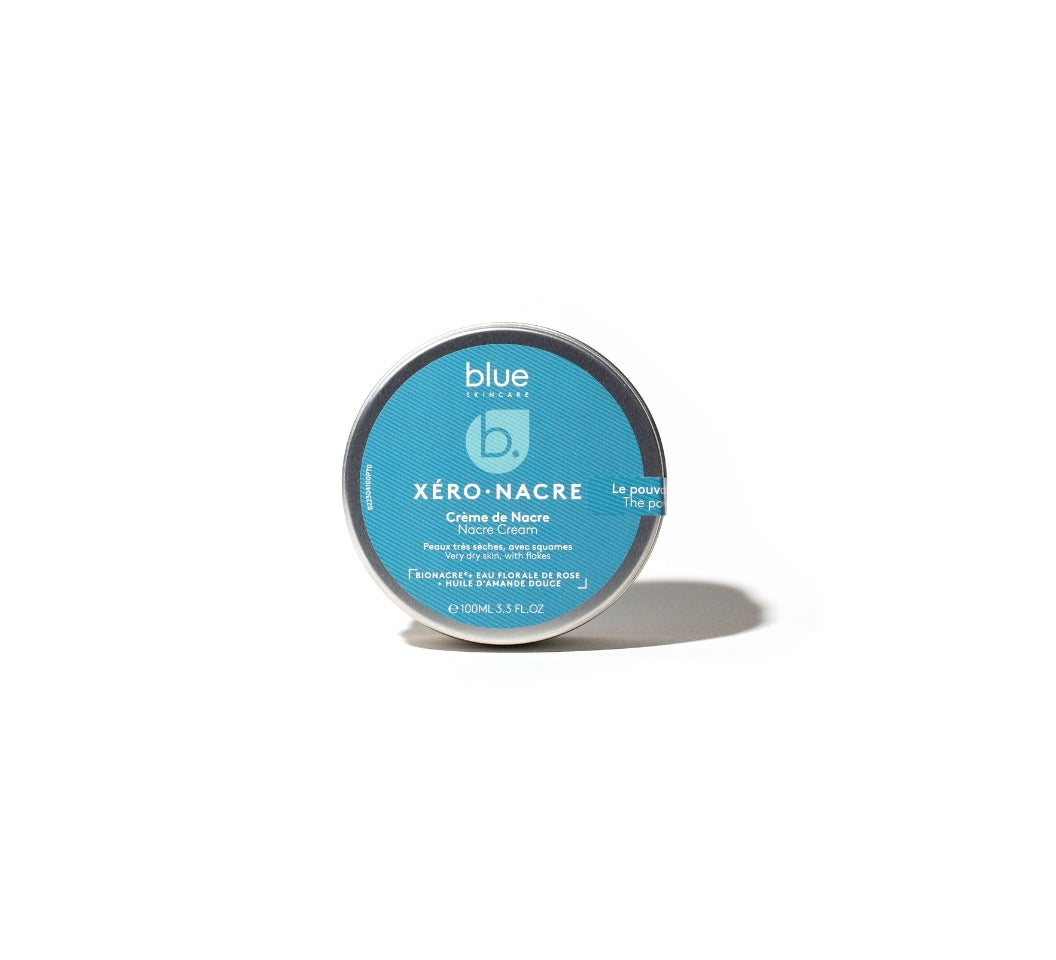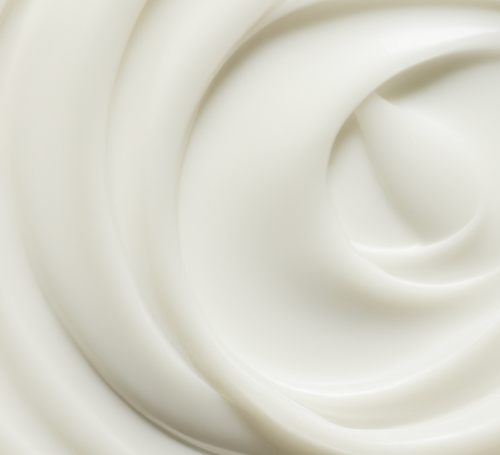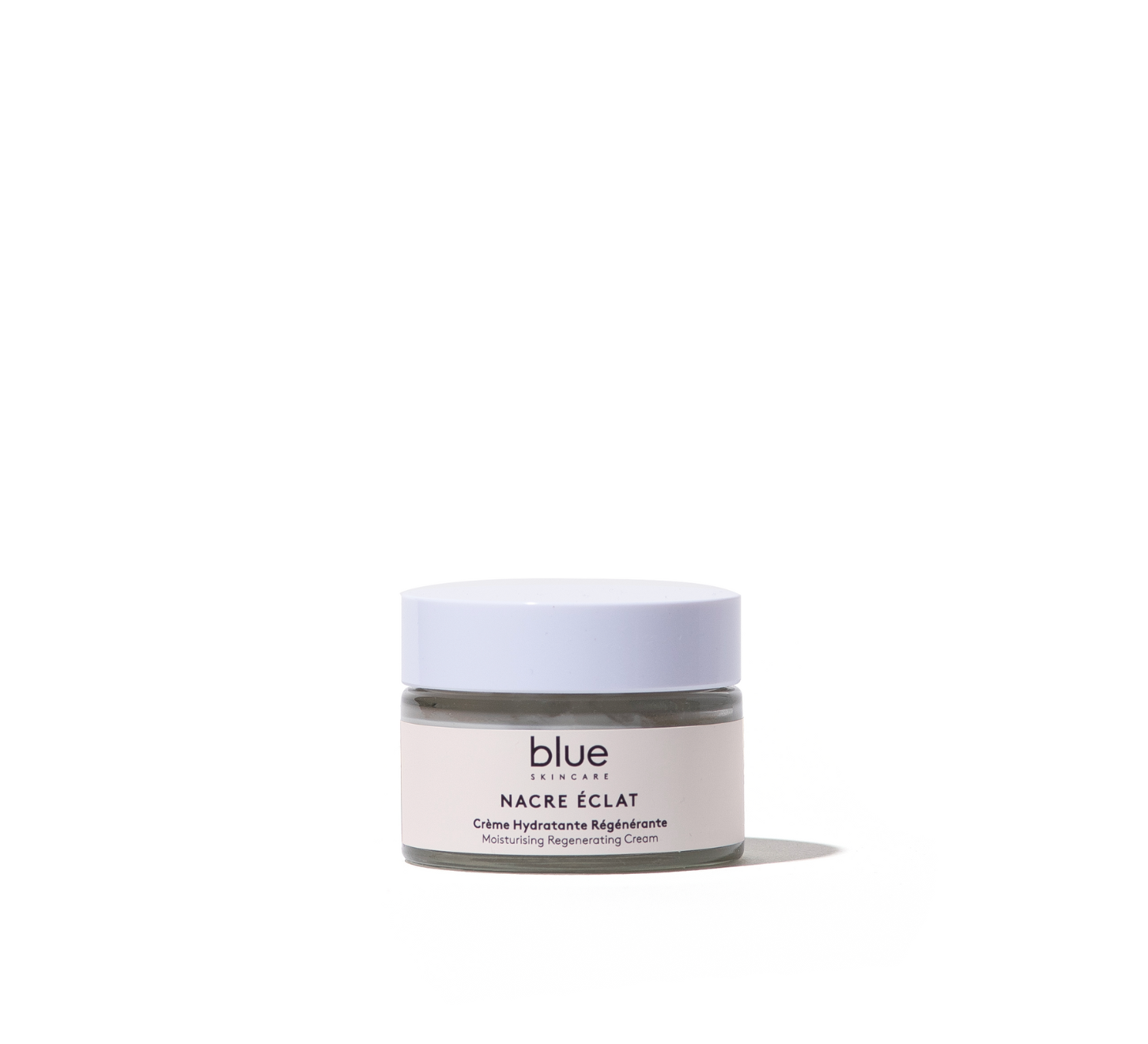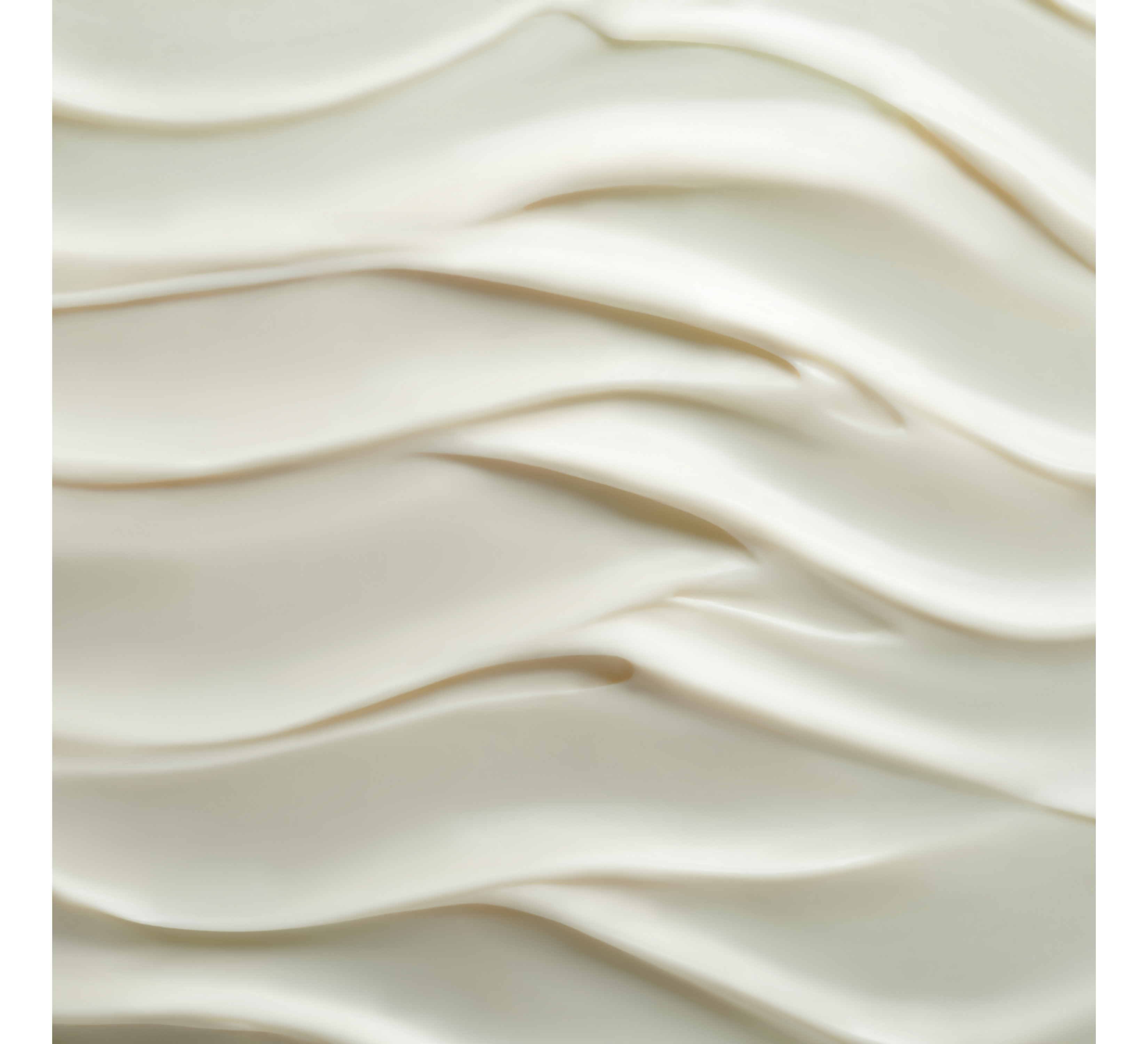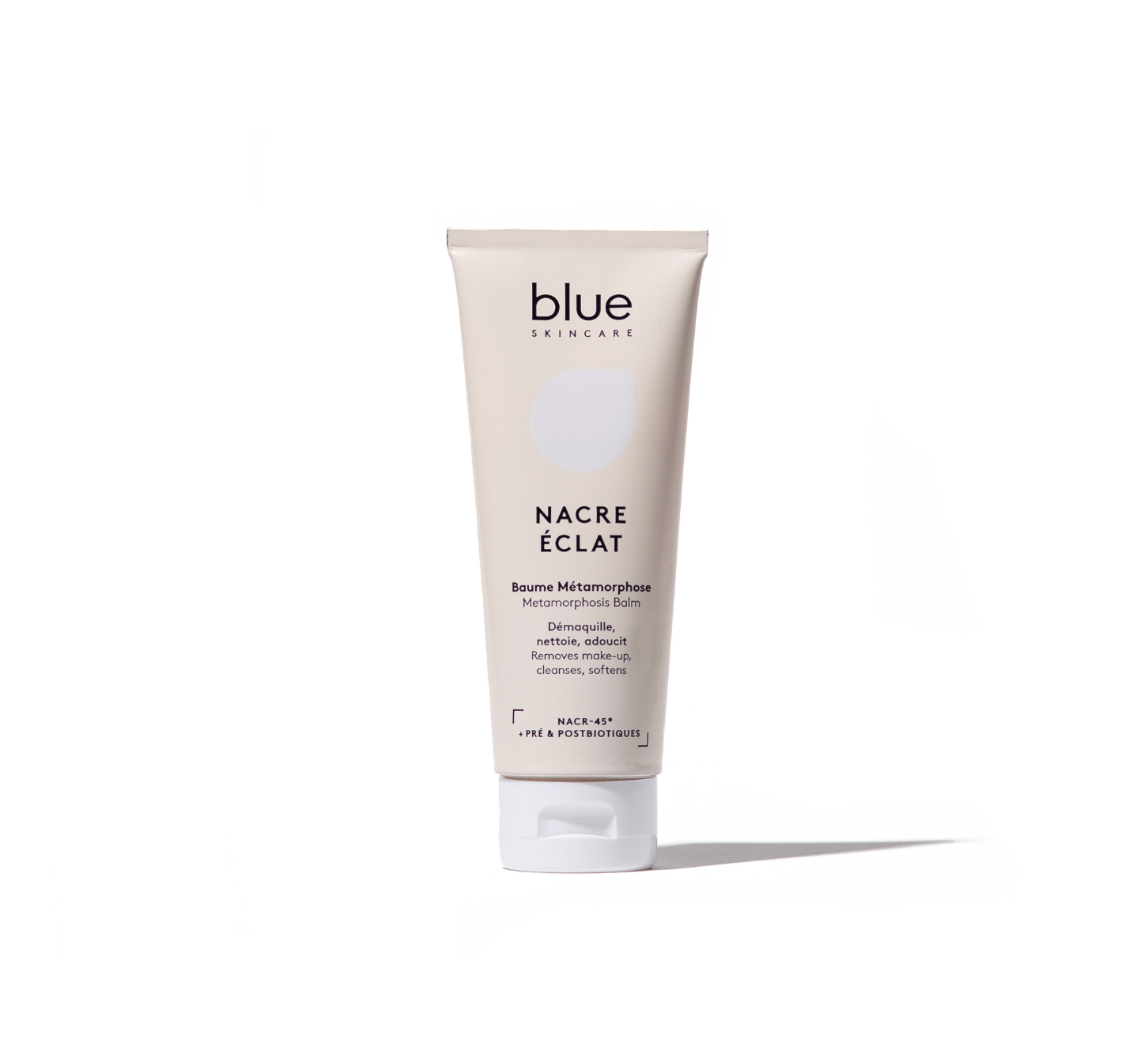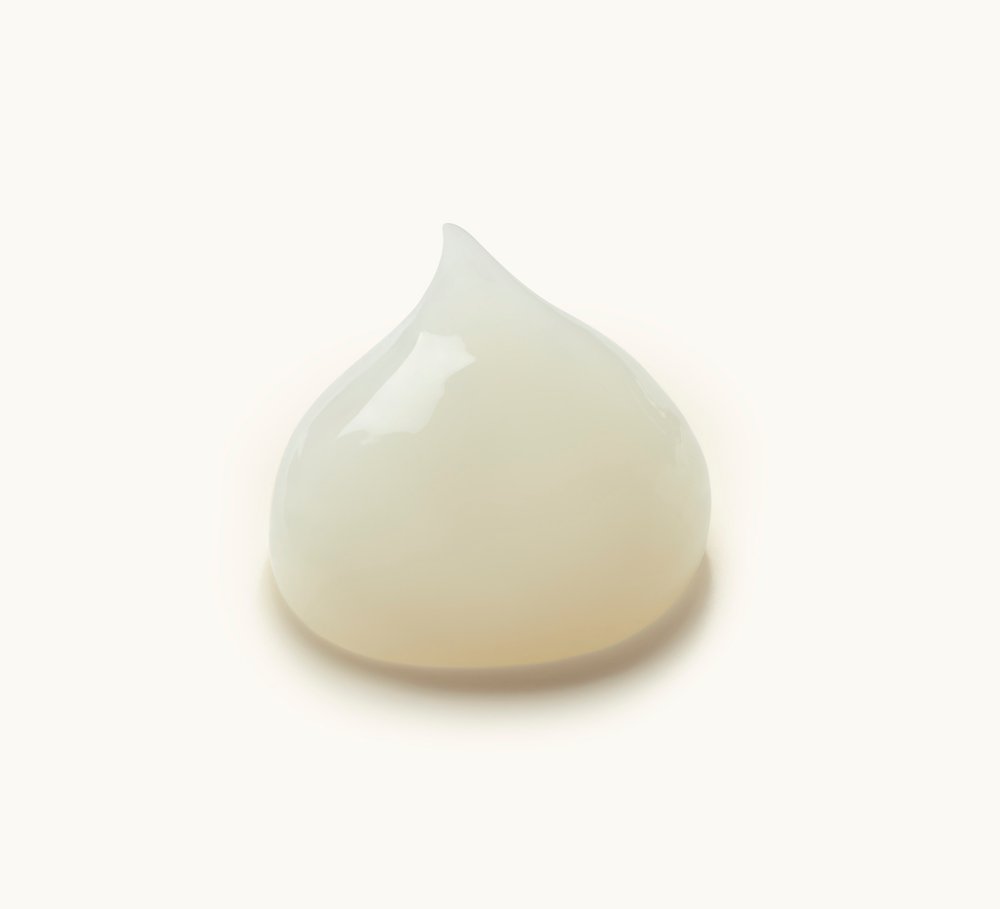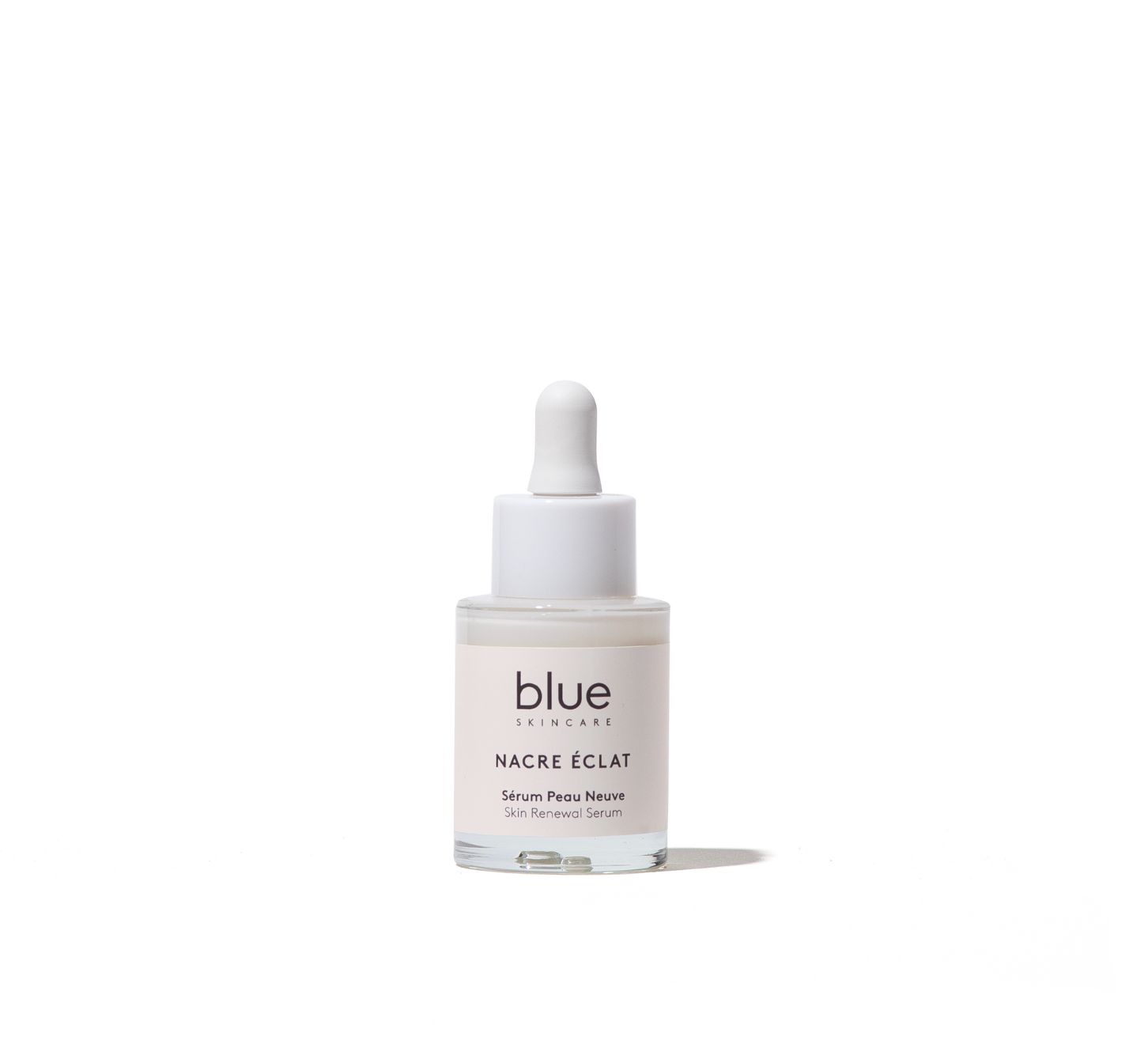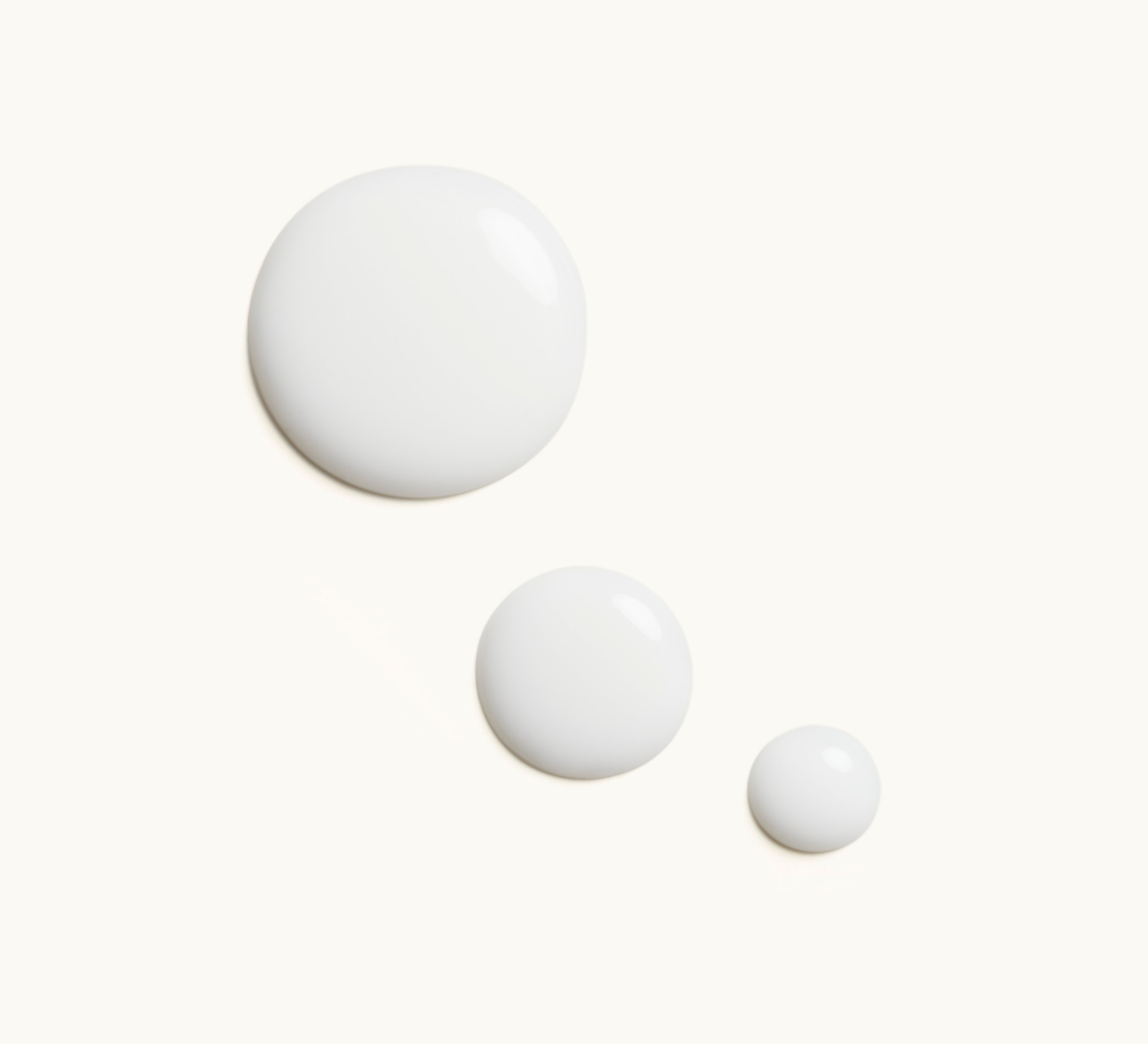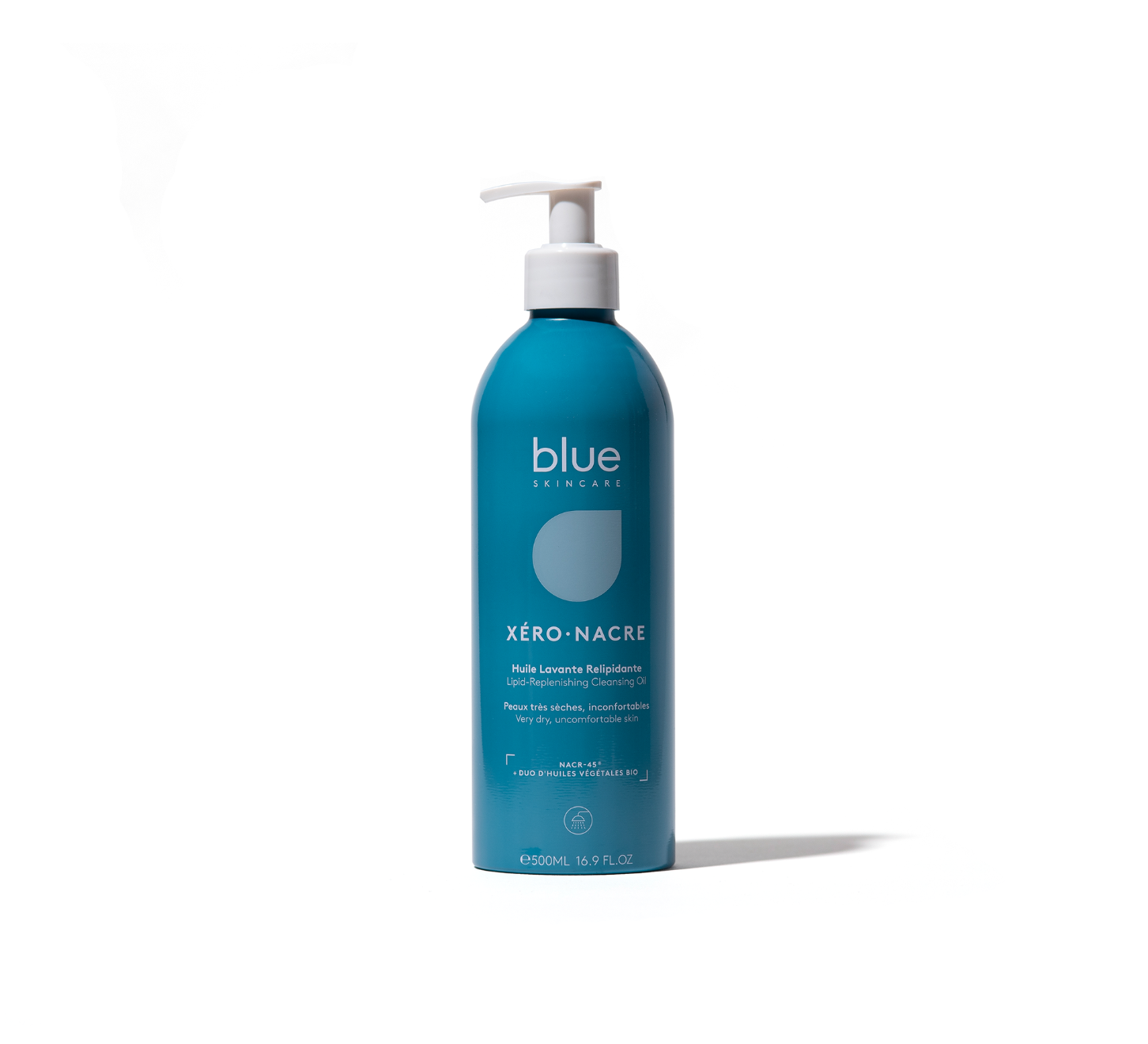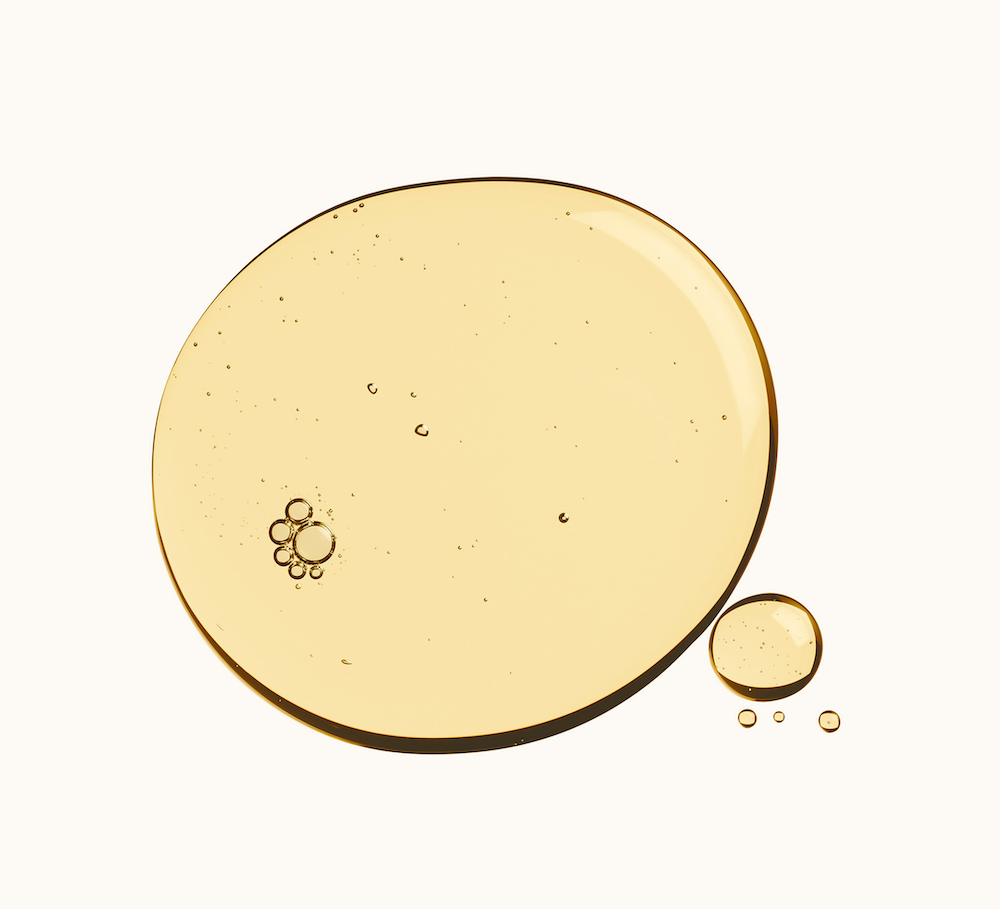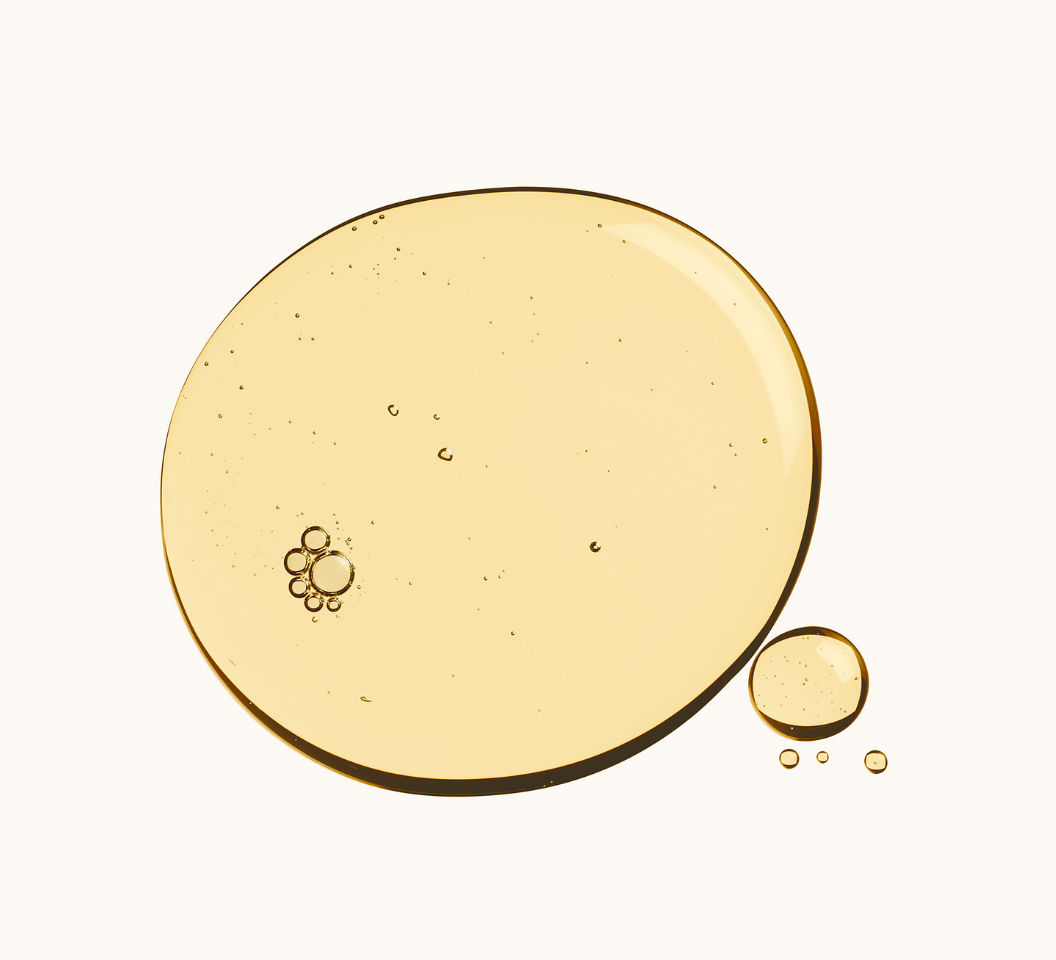Sans aucune hésitation, la réponse est oui. Les océans sont en danger, en grande partie à cause des déchets plastiques et micro plastiques. Mais pas uniquement. D’autres sources de pollutions s’additionnent, se combinent et accroissent les dommages irréparables sur la faune et la flore marine.
Quelles sont les pollutions à l’origine de cette catastrophe écologique ? Que faire pour sauver nos océans et garder une planète plus Clean ?
Qui sont les pollueurs des mers ?
Parmi ce qui se déverse en mer, tout ou presque est nocif. À part les déchets organiques, type pelures de pomme, l’écosystème marin n’est pas fait pour recevoir des matières toxiques ou plastiques. La formidable capacité à se réparer et se renouveler permet à la mer de survivre à la pollution… jusqu’à un certain point. Aujourd’hui, la pollution est trop diversifiée, constante et importante, pour que les océans puissent l’absorber.
C’est le cas du plastique qui s’y accumule. Globalement, on différencie les déchets et objets apportés par les humains (ou le vent) comme les bouteilles en plastique, des substances chimiques qui arrivent par les eaux usées dans certaines parties du monde où les égouts et les stations d’épuration sont manquantes (lessives et shampoings finissent dans l’océan).
Chez nous, ce sont les réseaux d’eaux pluviales qui font qu’un mégot jeté dans le caniveau en ville, ou l’eau de javel utilisée pour nettoyer un porche et rincée dans la rue, finit dans la mer… Au-delà de l’aspect écologique, la contamination de l’eau de mer par les eaux usées pose un problème sanitaire préoccupant pour les baigneurs. En effet, les bactéries provoquent des maladies (cutanées, respiratoires, diarrhées) à hauteur de millions de cas par an dans les mers polluées.
Des déchets industriels contaminants
Bien sûr, les océans souffrent de tous les déchets que l’on y déverse, qu’il s’agisse d’eaux usées toxiques, ou de matières diverses et polluantes comme les déchets de l’industrie ou des mélanges issus du BTP qui sont faits de peintures, solvants ou béton inutilisé, ou encore de matériaux qui renferment des métaux lourds et beaucoup de plastiques. Ces plastiques proviennent souvent de revêtements, impossibles à extraire de la mer : vernis, films plastiques, déchets plastiques dégradés… Ils peuvent circuler via les eaux usées, mais aussi portés par le vent quand ils sont stockés à l’air libre. Le vent et la pluie ont vite fait de faire arriver les poussières de plastiques dans un cours d’eau.
Les zones mortes, c’est quoi ?

Les produits chimiques déversés par les eaux usées, par les usines ou encore quand ils sont charriés par la pluie depuis les exploitations agricoles qui utilisent des pesticides, font disparaître toute vie dans la zone où ils se déversent. La flore terrestre ou aquatique périt sur place, tout comme les organismes « fixes », les coraux qui ne peuvent pas se déplacer ou encore certains animaux marins qui se déplacent trop lentement pour changer d’habitat. Quand l’eau ne se renouvelle pas assez vite, ce phénomène crée les fameuses zones mortes ou zones « hypoxiques » dont la faible teneur en oxygène entraîne la destruction irréversible des écosystèmes. Il en existe des centaines, de tailles variables dont la surface peut atteindre celle du Royaume-Uni ! Les premières zones mortes ont été localisées dans les années 1970 aux États-Unis et en Mer Noire, Adriatique et Baltique en particulier où seules les bactéries primitives survivent. Dans le Golfe du Mexique, les produits déversés par le Mississippi ont fait disparaître toute vie marine sur environ 25 000 km et constituent aujourd’hui la plus grande zone morte du globe.
Les marées noires, une catastrophe écologique chronique
Dans la même veine, les marées noires sont des catastrophes écologiques que certains responsables tentent de minimiser alors qu’elles anéantissent la vie marine. Ces « catastrophes » résultent la plupart du temps de négligences humaines, elles même dues à une économie de moyens pour sécuriser les routes des bateaux. Au-delà des accidents des plates-formes pétrolières en mer qui peuvent connaître des fuites de pétrole, les marées noires, elles, proviennent de navires vieillissants (comme les célèbres le Liberia et le Panama). Ces navires, qui ne devraient plus être autorisés à transporter d’hydrocarbures, jouent sur les différences de législation entre les pays pour rester en activité sur nos mers. En plus des risques de marées noires, certains déversent en pleine mer en toute illégalité le pétrole de leurs fonds de cuves pour en éviter l’entretien. Sachant que les conséquences d’une marée noire peuvent perdurer des années, on peut dire que l’océan est pollué de « façon chronique » par les hydrocarbures.
Quid d’un mégot et des petits déchets plastique?

À notre échelle, chaque petit geste polluant répété par des millions d’individus devient un problème de taille, surtout quand le plastique est impliqué. On pense tout de suite aux mégots écrasés dans le sable (oui, oui, encore aujourd’hui), mais aussi aux bouchons de bouteilles, bâtons de sucettes et autres emballages que les vacanciers abandonnent derrière eux. À cause de ses substances toxiques (arsenic, plomb, goudron…), un mégot pollue à lui seul 500 litres d’eau. Son filtre, composé d’acétate de cellulose (une fibre plastique), met plus de 15 ans à se décomposer. Ce qui laisse largement le temps aux tortues de l’engloutir. On sait recycler les mégots et les transformer, mais il faut d’abord les collecter. Cette collecte a un coût et les filières de recyclages doivent être rentables avant d’être mises en place. Dans certains pays comme la Grande-Bretagne, cette filière est financée par les industriels du tabac. En France, ce sont les initiatives collectives et personnelles qui assurent le ramassage les mégots et les petits déchets plastiques sur les plages. Car une fois dans la mer, ils y sont pour toujours.
Le shampoing et la crème solaire au banc des accusés
Quand on se baigne, on laisse aussi derrière nous… notre crème solaire ! Invisible, elle se répand dans l’eau à chaque baignade. Le problème ? Quels que soient les filtres, ils altèrent la faune et la flore marine. Particulièrement, les filtres solaires chimiques (dits organiques) font mourir (blanchir dit-on) le corail et tous les organismes qui vivent en symbiose avec lui. Les filtres hydrosolubles se dispersent dans l’eau et sont ingérés par les animaux marins. Enfin, les filtres naturels (dits minéraux) des formules bio, issus de poudres de dioxyde de zinc ou dioxyde de titane, coulent et se déposent sur les fonds marins et leurs habitants. Ces formules dites biodégradables seraient « moins pires » mais personne n’a encore le recul pour l’affirmer. Côté emballage, on ne compte plus les bouchons et autres tubes de crème qui finissent enfouis sous le sable à la fin de la journée auxquels s’ajoutent les silicones des formules capillaires qui se comportent comme du plastique et se déversent dans les eaux de rinçage sans forcément pouvoir être filtrés. Ces substances invisibles nuisent elles aussi à la vie marine, à la faune comme à la flore et déséquilibrent leurs échanges.
Le plastique en mer, un monstre flottant
Les 4 premiers objets polluants que l’on trouve en mer sont du plastique :
- Le mégot de cigarette
- Les emballages
- Les bouteilles en plastique
- Les sacs plastique
Ils sont suivis par le polystyrène et ses petites billes blanches (que les animaux prennent pour de la nourriture), les couverts en plastique, les serviettes hygiéniques, les couches et les coton-tige. Les déchets plastiques sont le problème numéro 1 de la pollution marine.
Une composition indestructible
Bardé de « polymères », des molécules chimiques ainsi que des additifs et des « adjuvants » qui servent à lui donner différentes caractéristiques (couleur, forme, souplesse…), le plastique est un concentré de pétrole. Il est polluant de A à Z, tout le long de son cycle de vie depuis sa fabrication qui exige de nombreux composants extrêmement nocifs pour la planète jusqu’à son utilisation où ces substances peuvent se répandre ou contaminer l’homme (comme les perturbateurs endocriniens type Bisphénol A) jusqu’à sa mort, toute relative car… il ne disparaît jamais ! On le transforme, on le recycle, il se disperse en fragments de plus en plus petits, jusqu’à devenir des micro plastiques invisibles, mais il est toujours là.
Une décomposition en fragments de micro plastiques
Le plastique possède les défauts de ses qualités : il est assez résistant pour durer, mais pas assez pour ne pas se dégrader. Il est malheureusement énormément utilisé pour créer des objets qui ne sont pas destinés à durer, voir destinés à un usage unique : on met plus de temps à les fabriquer qu’à les utiliser. Et ce plastique ne s’assimile jamais à la nature, contrairement aux autres matières qui peuvent intégrer les cycles biogéochimiques. Les métaux ou la pierre peuvent revenir à la terre. Le papier, le carton, le coton et le cuir sont assimilés par les micro-organismes des sols. Le plastique, lui, ne fait que se réduire en morceaux de plus en plus petits pour finir sa vie en micro paillettes qui s’infiltrent partout. Dans la mer, les déchets plastiques et autres objets sont érodés par le sel, les rayons ultraviolets, la chaleur du soleil, les vagues. Ils se transforment en micro-miettes de plastique, invisibles à nos yeux, et envahissent les écosystèmes marins. Tous ces fragments de plastiques durs, d’emballages, de fibres textiles synthétiques font de la mer une véritable soupe de plastique dans certaines zones. Certains coulent et recouvrent les fonds marins et leurs plantes, d’autres flottent bloquant les échanges avec la surface de l’eau. Malheureusement, la plupart d’entre eux sont pris pour de la nourriture par les poissons.
Comment sont apparus les continents de plastique ?
Au gré des grands courants, les micro plastiques sont réunis dans des « gyres », des soupes de plastique immenses, de véritables monstres flottants pour former des étendues que l’on appelle les « continents de plastique » ou encore le 7ème continent. Dans le premier gyre, découvert en 1997 dans l’océan Pacifique, la densité de plastique est 6 fois plus élevée que celle du plancton. Aujourd’hui, on dénombre 5 continents de plastique majeurs, dans le Pacifique Nord, l’Atlantique Sud et l’Océan Indien, mais aussi de plus petits près de chez nous. La Méditerranée est une mer presque entièrement fermée, si bien que les déchets plastiques s’y concentrent et mettent en danger son incroyable biodiversité dont les mammifères marins comme le dauphin, le rorqual commun ou le cachalot qui y habitent. Ce phénomène est particulièrement alarmant dans le Sanctuaire Pelagos, un espace maritime de 87 500 m2 situé dans le bassin corso-liguro-provençal, classé « aire spécialement protégée d’importance méditerranéenne » (ASPIM). En effet, le plastique ne s’arrête pas aux frontières maritimes. Cette invasion ne peut être enrayée qu’en amont, en changeant nos habitudes et en incitant les pouvoirs publics d’engager des politiques écologiques fortes et spécifiques.
Les micros plastiques, un risque aussi pour la santé humaine

Au-delà de la catastrophe écologique créée par les micros plastiques dans les océans, il existe aussi des risques sanitaires pour nous humains. Les organismes marins consomment ces fragments de plastique sans le vouloir : si nous consommons à notre tour ces crustacés et ces poissons atteints, nous les ingérons à notre tour. C’est ainsi qu’une enquête du WWF révèle que nous ingérons près de 5 grammes de plastique par semaine : l’équivalent d’une carte de crédit ! Cette ingestion de plastique vient aussi de l’eau en bouteille et des miettes que l’on peut avaler après avoir coupé de la nourriture dans une barquette plastique, une assiette en mélamine (matière plastique en résine lourde et incassable) ou sur une planche à découper en plastique.
Pour revenir à l’océan, le plus inquiétant aujourd’hui est le phénomène de « Plastisphère » : le plastique attire à lui organismes et bactéries qui s’organisent avec un nouvel écosystème, dont certains sont des agents pathogènes pour les organismes vivants, comme le vibrio (bacille dont une espèce particulière est responsable du choléra) qui peut devenir le support d’algues toxiques. Enfin, le plastique peut se charger en polluants qu’il transfère dans nos assiettes et dans l’eau courante et qu’il transporte en Arctique et dans les fosses océaniques les plus profondes, et même dans le placenta d’animaux marins.
Les océans sont pollués et les écosystèmes marins souffrent et disparaissent parfois, tout autour du globe. Pour les sauver, il faut remettre les systèmes de production en question pour fonctionner autrement. Chacun peut agir par le boycott de certains gestes et l’adoption de nouvelles habitudes de consommation pour faire pression sur les décideurs et les industriels.
Il y a urgence, car même si l’on stoppait aujourd’hui la consommation et donc le rejet de plastique dans les océans, cela n’arrêterait pas le développement des continents de plastique du jour au lendemain.
